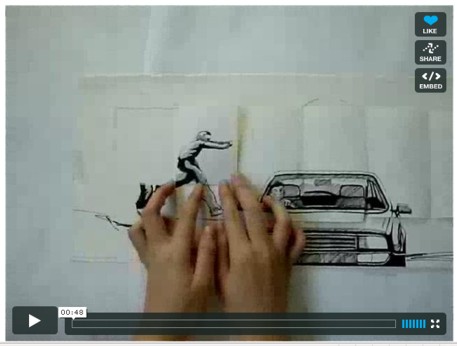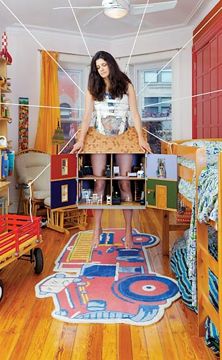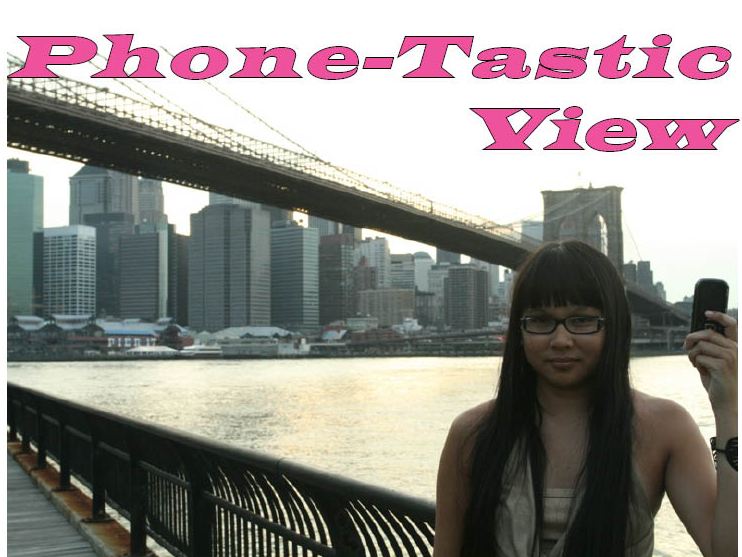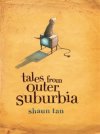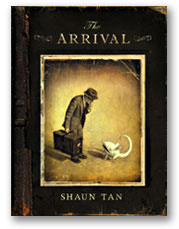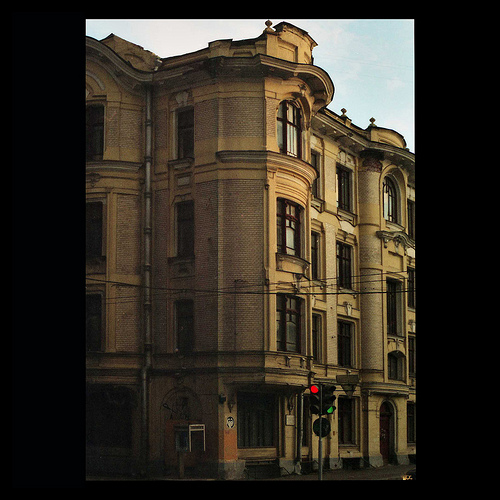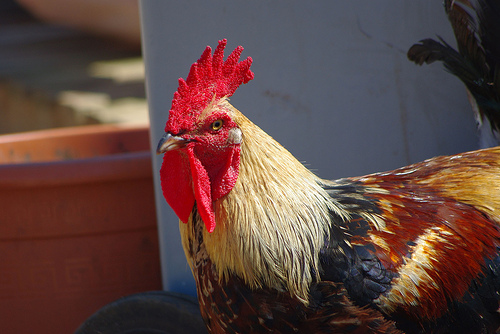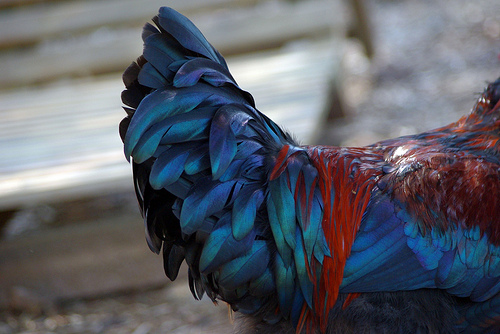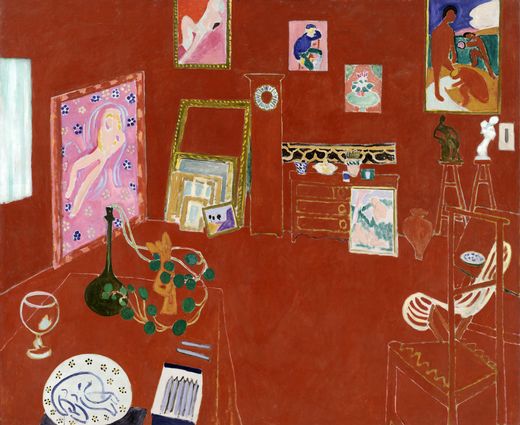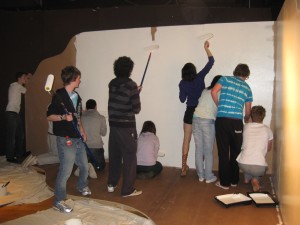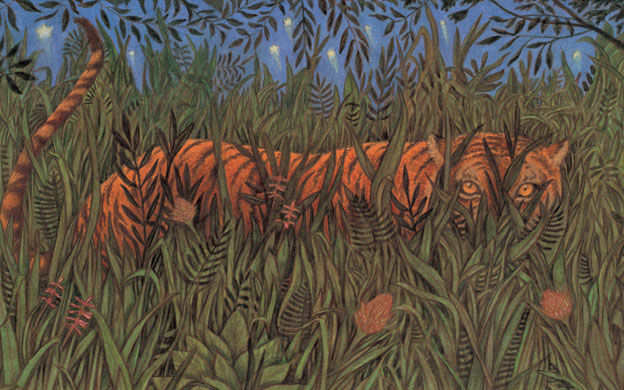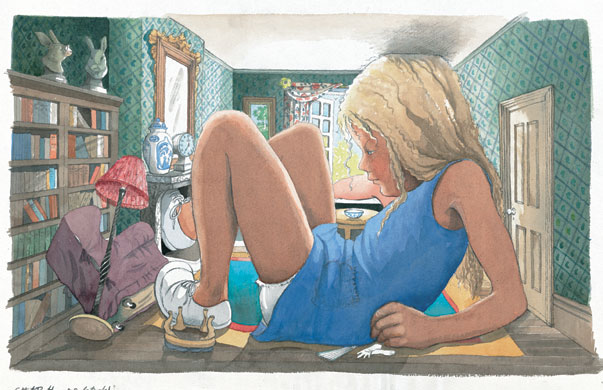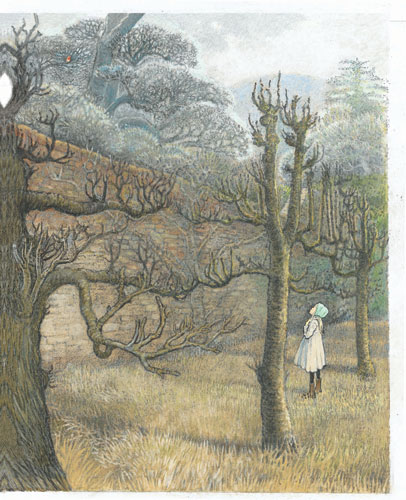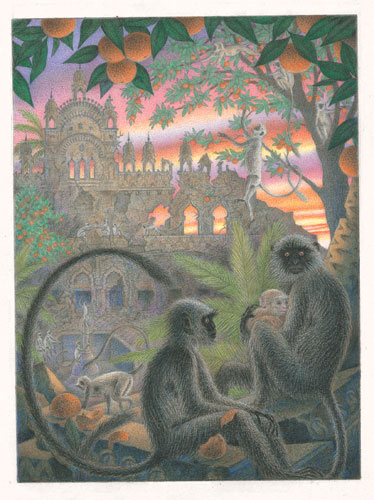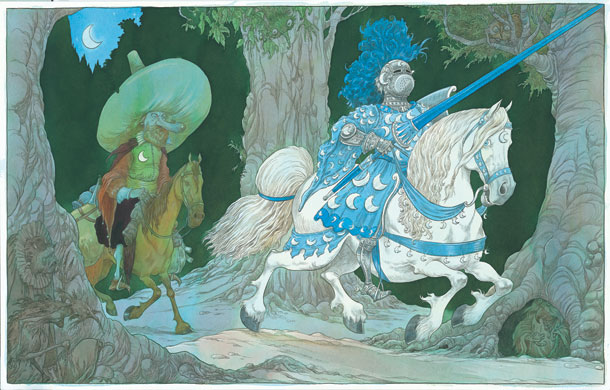My art wiki is growing fat in places. I thought I’d point to the areas which have expanded the most in the hope of reaching Visual Arts teachers and students.
The blogs page in Blogs and Nings has really expanded. Blogs are my favourite way of finding art resources since they often represent specialised interest areas. It’s a very personal and rich way of discovering art. Blogs are a labour of love, expressing the unique personality of the author. I can’t think of a more inspiring way to learn.
Here are some examples:
 Roberto Bernardi, La Tavolozza , 2010, oil on canvas, 22 x 30″
Roberto Bernardi, La Tavolozza , 2010, oil on canvas, 22 x 30″
100 best art blogs Massive list here divided into useful sections (you might have to give up your day job for this)
Art Studio Secrets Some very practical video demonstrations (under ‘Demonstrations’)
Art in the real world “In The Real Art World” alerts you to the best exhibitions of representational “realism” which are on at the moment anywhere in the world.
Sketchcrawl A communal blog for compulsive sketchers
Ephemera assemblyman A beautiful blog of many different examples of art, illustration, design and more.
Urban sketchers This blog features sketches and often equally colorful stories behind the scenes by invited artists correspondents in more than 30 countries around the world. Some are architects and illustrators, others are graphic designers, web developers, painters or educators, all sharing the same passion for drawing on location.
Samuel Michlap Concept artist, illustrator, fine artist and more.
Painting perceptions Perceptual painting is painting life from a personal vision and experience not just recording appearance. As Cézanne said, “Painting is nature seen through a temperament.”
Lines and colors Lines and Colors is a blog about drawing, sketching, painting, comics, cartoons, webcomics, illustration, digital art, concept art, gallery art, artist tools and techniques, motion graphics, animation, sci-fi and fantasy illustration, paleo art, storyboards, matte painting, 3d graphics and anything else I find visually interesting.
Paper forest showcasing great paper stuff, 2D, 3D and animation.
[youtube=http://www.youtube.com/watch?v=c0vZ_TMCeBM]
The Image/Flickr page is bursting with links to wonderful sharing people on Flickr – a cornucopia of imagery to inspire students looking for ideas in different media and styles.
Here’s a small sample:
![]()
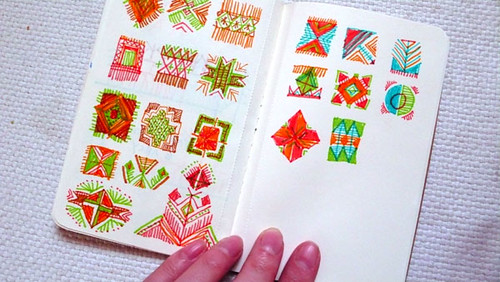
by Irina Troitskaya on Flickr
Guggenheim Museum’s flickr sets
Flickr photostream by laura@popdesign Laura writes the Animalarium blog.
Flickr origami set2by Eric Gjerde
Flickr origami setby Eric Gjerde
All Eric’s origami and tessellation sets are here.See Eric Gjerde’s website Origami tessellations
Art21’s flickr photostream
Bibimorvarid’s Art&Design set
Bibimorvarid’s photostream
Papercraft and mail art– by Corduroy Cat
Altered playing cards by Corduroy Cat.
Atcs and inchies by Corduroy Cat.
Corduroy Cat’s contacts and groups on Flickr (lots of stuff to explore here)
The Images/Design page is another rich resource; here are only some of the links:
![]()
Ernst Haeckel, Kunstformen der Nature
Blickfang – the eye-catching covers of Weimar Berlin.
Thirty book covers from Poland (from A Journey From My Skull)
Kunstformen der Natur (art forms of nature) by Ernst Haeckel (flickr set saved by Eric Gjerde)
The Grammar of Ornament by Owen Jones. Eric Gjerde has scanned this book and shared it on Flickr.
Styles of Ornament by Alexander Speltz. Tessellation related photo plates from Alexander Speltz’s 1906 book, “Styles of Ornament”. Eric Gjerde has scanned this book and shared it on Flickr.
Digital library for the decorative arts and material culture
Great style illustrations by Iv Orlov
Typographic art
Design Online: Design Online is an electronic library from the University of the Arts, London, containing a digitised record of Design magazine for the years 1965 to 1974. There are around 100 pages in each magazine, which are available as full screen size black-and-white or colour images.
There’s so much animation out there, I love collecting examples. Amazing creativity to be discovered in this section, and fun to watch.
Phosphoro – is an award-winning student 2D animation (Read about it here. )
[youtube=http://www.youtube.com/watch?v=gjt46NsFseU&feature=player_embedded]
Of course, the wiki contains much, much more than this. Some sections are more comprehensive than others, but you can be sure that I’m always on the lookout for new resources to support the teaching and learning of Art-related studies.
Why don’t you have a look for yourself?



